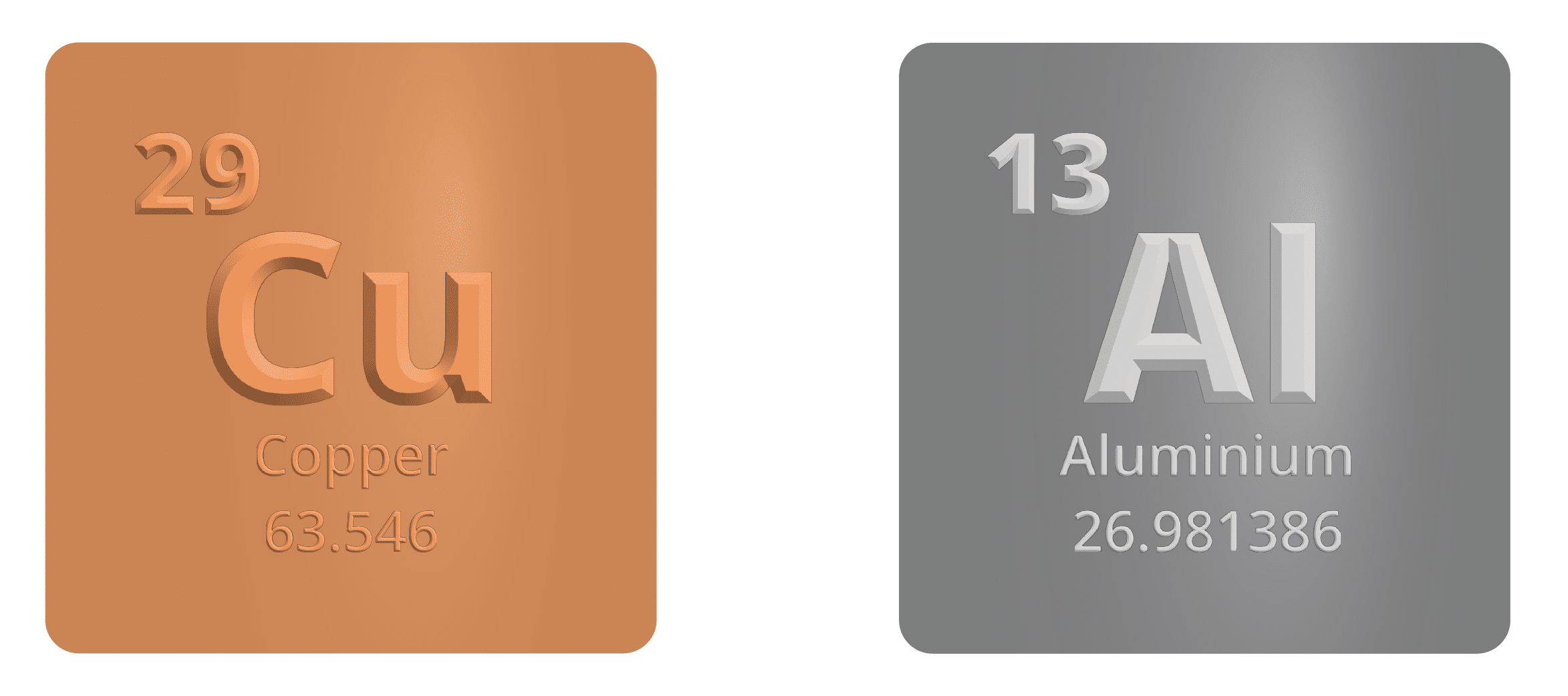Every month we share an industry word or acronym to help translate some of the jargon from the electrical engineering world!
In the construction of a transformer, there are two main parts: the transformer core and the transformer windings.
The function of the transformer is to convert the voltage level of electrical power. Accordingly, one winding is connected at the high voltage side and the other winding is connected at a low voltage side. Therefore, it is also classified as high voltage (HV) winding and low voltage (LV) winding.
Transformers have at least two winding types; primary windings and secondary windings. There are a lot of variations to how many windings you can have and their function, but for this example, we are keeping it simple!
The primary winding is the winding of a transformer that is connected to and receives energy from an external source. The secondary winding is the winding of a transformer that delivers the transformed energy / changed voltage to the load.
Copper or aluminium conductors can be used to make transformer windings. Aluminium is lighter than copper but has 50% lesser conductivity than copper. It is cheaper than copper. On the other hand, copper has very good mechanical strength and is twice the conductivity of aluminium.
Originally, all transformers were built with copper windings, as it was easily accessible and priced right. During WWII, the use of aluminium in transformers increased as the industries experienced a shortage of copper which was in high demand by the military industry.
Due to this demand, copper prices skyrocketed, and aluminium became more popular for windings, in turn, previous technological problems were overcome and these aluminium transformers became more reliable.
When choosing between aluminium and copper windings for your transformer it comes down to personal preference. Below we have listed the advantages of both materials.

Since both aluminium and copper transformers use the same insulation systems and have similar temperature rises, they have similar lifetime ratings.
Most distribution transformer manufacturers are now using aluminium windings, as opposed to traditional copper windings. Aluminium-wound low-voltage transformers will probably continue to gain increased acceptance because of their significant cost advantage over copper.
At Bowers Electricals our stock standard distribution transformers are available in aluminium, however, we can supply copper wound transformers at customer request.